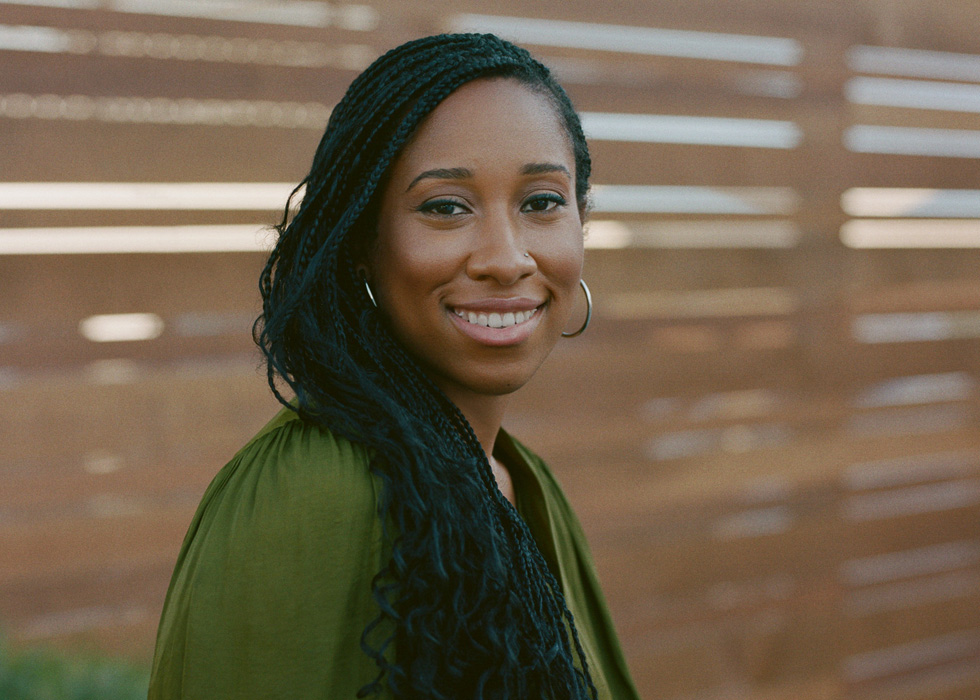FEATURE
11 February 2021
We Read Too app developer Kaya Thomas explores trends in Black literature
Somewhere at the intersection of maths and science, and reading and writing, Kaya Thomas discovered a new lane for expressing herself: coding.
“Coding is a mesh between the logical and the creative, because the act of writing code can also be like writing poetry or something else,” Thomas says. “You’re also actually building something when you code, so it’s a really creative process.”
Thomas, who is both an iOS developer for the meditation app Calm and an independent app developer in the App Store, launched We Read Too in 2014 to bridge a gap in literature she noticed as a teenager.
“I was going to the library and bookstores and book fairs in school, and I would see a very specific set of books,” Thomas says. “By the time I got to high school, I started to get really frustrated wondering why there weren’t any books that I was being exposed to that had Black characters, or were by Black authors. I started doing my own research and realised that those books existed — they just weren’t on bestseller lists, or displayed in the library or at the bookstore.”
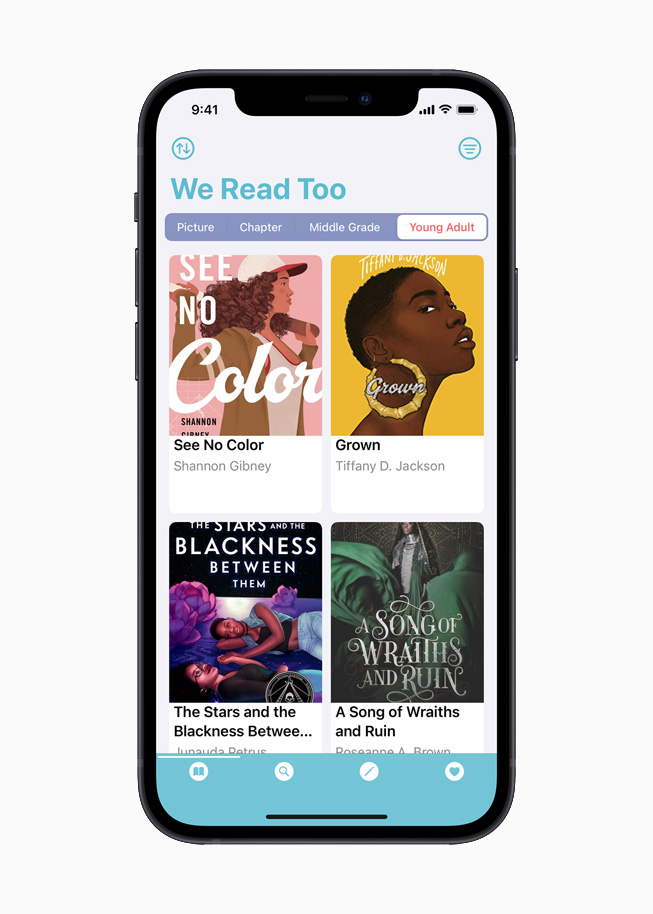
Independent developer Kaya Thomas launched the app We Read Too in 2014 to bridge a gap in literature she noticed as a teenager.
Though Thomas didn’t discover coding until college, it was that moment in high school that drove her to start dreaming up a directory of book titles from authors of colour for children and young adults.
“Once I realised that anyone can create an app, it was a huge moment for me to understand that I can build real things that people can use and put it out for them to be able to access,” she says. “Technology can sometimes seem like such a black box, this magical thing. But once the veil was ripped away, I realised I could build something that could potentially solve problems.”
Yet technology alone can’t solve the diversity problem in literature, says Thomas. “What technology can do, and the beauty of it, is provide ease of access and awareness to this issue. Launching We Read Too in the App Store has allowed me to combine my love for reading, coding, and writing into this app to engage with the literature community in an intimate way, and make these stories more accessible to many more young people around the world.”
To celebrate Black History Month, Apple caught up with Thomas to uncover some of the trends in Black literature she’s identified over the last year. In her own words, she describes the significance these authors, titles, and genres have for children and young adult readers in the Black community.
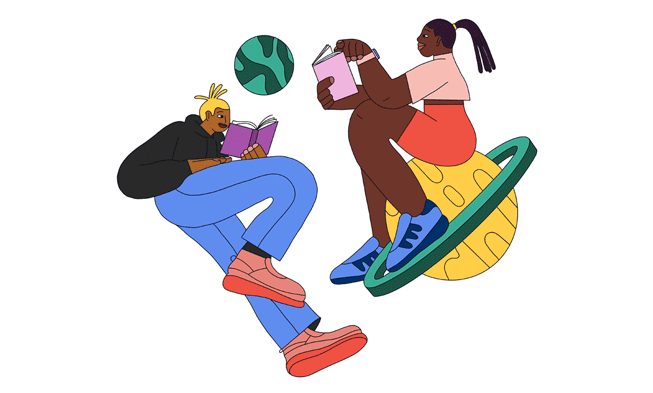
Science Fiction, Fantasy, and World Building with Black Characters
Pioneered by authors such as Octavia E. Butler, N.K. Jemisin, and Nnedi Okorafor, science fiction and fantasy books by Black authors have been booming. Octavia E. Butler is my favourite author, but her stories aren’t necessarily appropriate for kids and young adults. 2020 saw some incredible debuts in Young Adult (YA), such as “A Song of Wraiths and Ruin” by Roseanne A. Brown, and “A Song Below Water” by Bethany C. Morrow. Often speculative fiction helps readers imagine new worlds, possibilities, and futures, and it’s essential that these books do not create worlds where Black people no longer exist. With more authors and books in this genre, young Black readers can imagine and envision themselves in a whole new way.
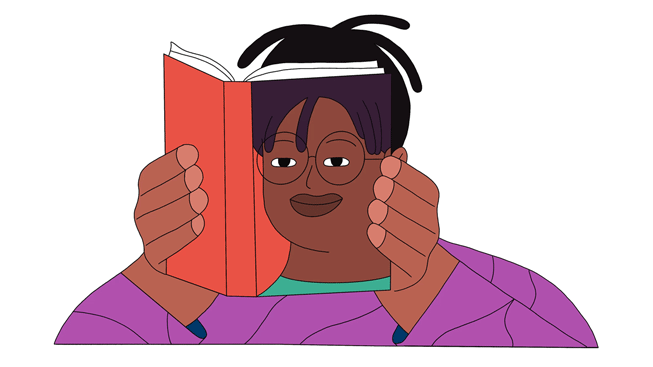
Coming of Age: Memoirs for Young (Black) Adults
Most autobiographical tales aren’t focused on the teenage perspective. In 2020, at least two books were released that do just that: “Black Girl Unlimited” by Echo Brown and “All Boys Aren’t Blue” by George M. Johnson. Both are must-reads and can help both young folks and adults alike unpack issues of identity, mental health, and trauma. One of the big trends I’ve seen in literature for young people in the Black community is an increasing acceptance of the multifaceted nature of being Black and the overarching Black experience, like acknowledging mental illness and mental-health problems, and the LGBTQIA (lesbian, gay, bisexual, transgender, queer and/or questioning, intersex, and asexual and/or ally) community. We all have these different identities and that’s the beauty of a lot of these new stories coming out that embrace the idea that there’s not just one way to be Black.
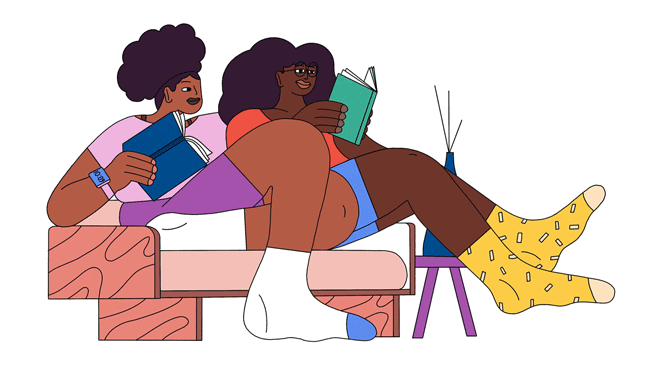
Intersections of Blackness and Queerness in YA
There have been more Black LGBTQIA authors writing stories for young people with LGBTQIA characters. “Felix Ever After” by Kacen Callender, “You Should See Me in a Crown” by Leah Johnson, and “Pet” by Akwaeke Emezi are all great recent reads to start with. Although culturally we’re in a moment where identifying as LGBTQIA has gained more acceptance in the Black community, historically Black LGBTQIA folks have struggled to find their place. Seeing stories, for example, about trans teens helps create awareness and representation, which is so important. The more stories that are written, the more young people in the Black community will know that there is a space for them.
To explore more titles on We Read Too and learn more about Kaya Thomas, visit the App Store. And, throughout the month of February, Apple Books has curated collections of books and audiobooks that celebrate Black culture. Explore the Apple Books Black Voices Collection.
Share article
